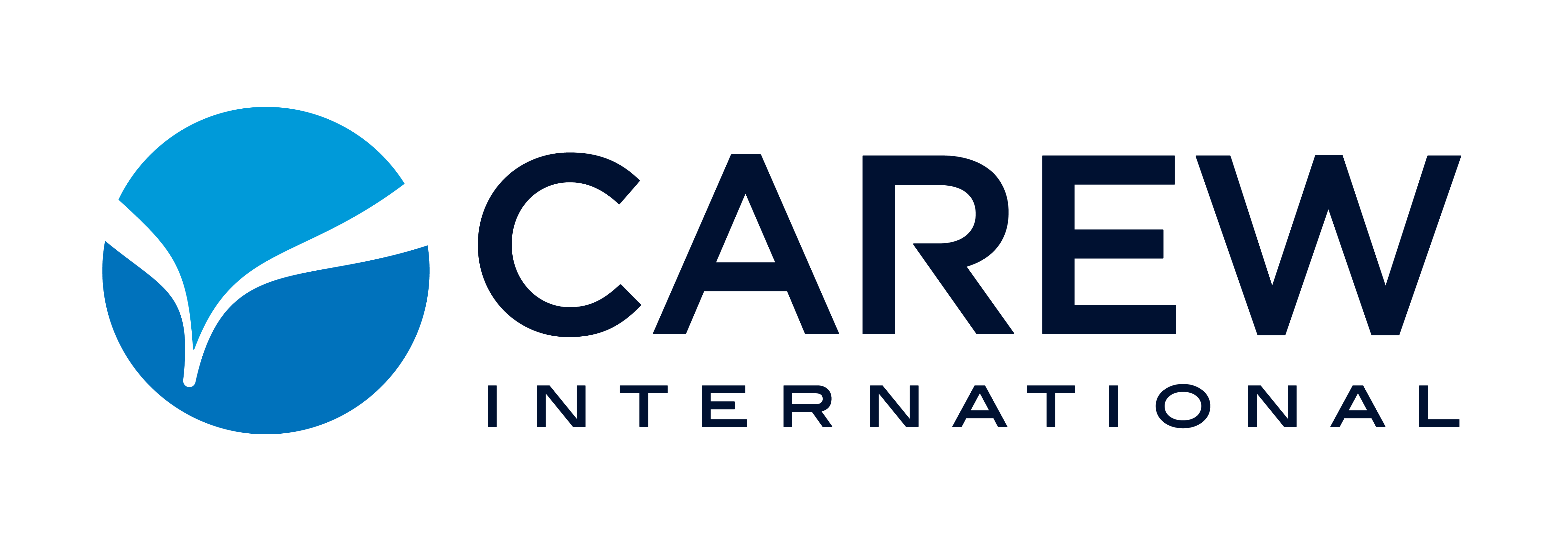Carew has the privilege of working with a variety of companies across many industries. Without a doubt, one of the most common questions we are asked in our workshops – from salespeople in every industry – is, “How do I know if an opportunity is a ‘good one’ and worth committing limited time and resources toward acquiring?” It is a great question! In fact, this question should be asked by all sales professionals relative to every opportunity in their pipeline. With increasing pressure to make optimal and efficient use of our sales efforts and our time with clients, it is critical to identify those aspects of an opportunity that can give us cumulative insight regarding its worth to our company and us.
If you find yourself wondering whether you should aggressively pursue an opportunity or not, here are some indicators that can guide you toward more effective and efficient use of resources to produce the maximum results:
Assess the value of each opportunity by determining if there is:
Significant Potential
The potential value of your solution to the customer is equally as important as the potential monetary value or profit that could be realized by your organization. Weighing the amount of time and resources needed versus the amount of value and profit the deal could net is a smart strategy. Do not jump over dollars to get to pennies.
A Measurable Outcome
The more effectively your solution can be measured in terms of the tangible benefit it has for your customer or prospect, the better. If you have participated in Carew’s Dimensions of Professional Selling® workshop, you know the importance of finding GAPs, or desired outcomes. Leaving the determination of progress and success to a vague definition, or not knowing the customer/prospect’s GAP or desired outcome, is a recipe for disappointment, both for your customers and yourself. When assessing your sales opportunities, ask yourself, “What does success look like here?”
Access to Decision-Influencers
Decision-making can range from a single person to a committee, but for an opportunity to be a valid one, you should seek and have access to all who will be involved in the decision-making process. Without access, you run the risk of having an incomplete picture of the needs, constraints, advantages, and discourse that drive the comprehensive definition of success.
Recognized Criteria
Beyond the measurable outcomes, certain criteria will exist that could and should guide the customer’s decision-making. For example, the geographical location of the vendor or technical aspects of the product or solution. If you and your organization lack specific criteria outside of the customer’s desired outcome, it can be an indicator that their need is not well established or thought out and you are merely a gauge for justifying a competitor’s advantage.
Time-Sensitive Urgency
We live and work in a fast-paced world. If there is a less-than-urgent sense of timing (for example, no established next steps or no requests for follow-up), you need to consider the cost of delay and determine if you are an unwilling participant in a fishing expedition.
With limited resources, limited time and access to customers, and boundless pressure to generate profitable business, examining your opportunities in each of these five areas will allow you to produce more for your company, yourself, and your customers.

